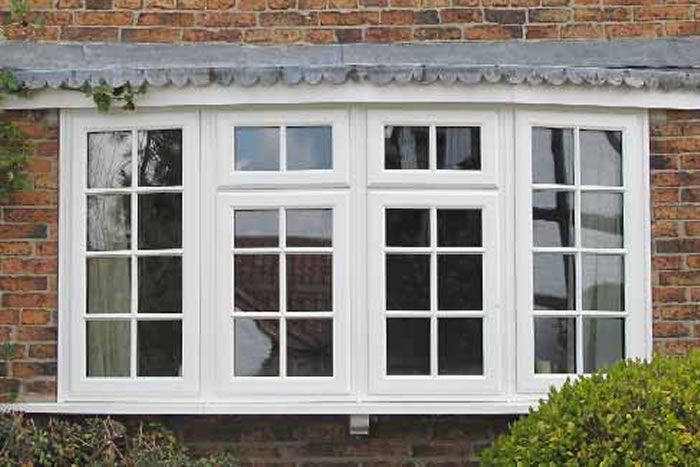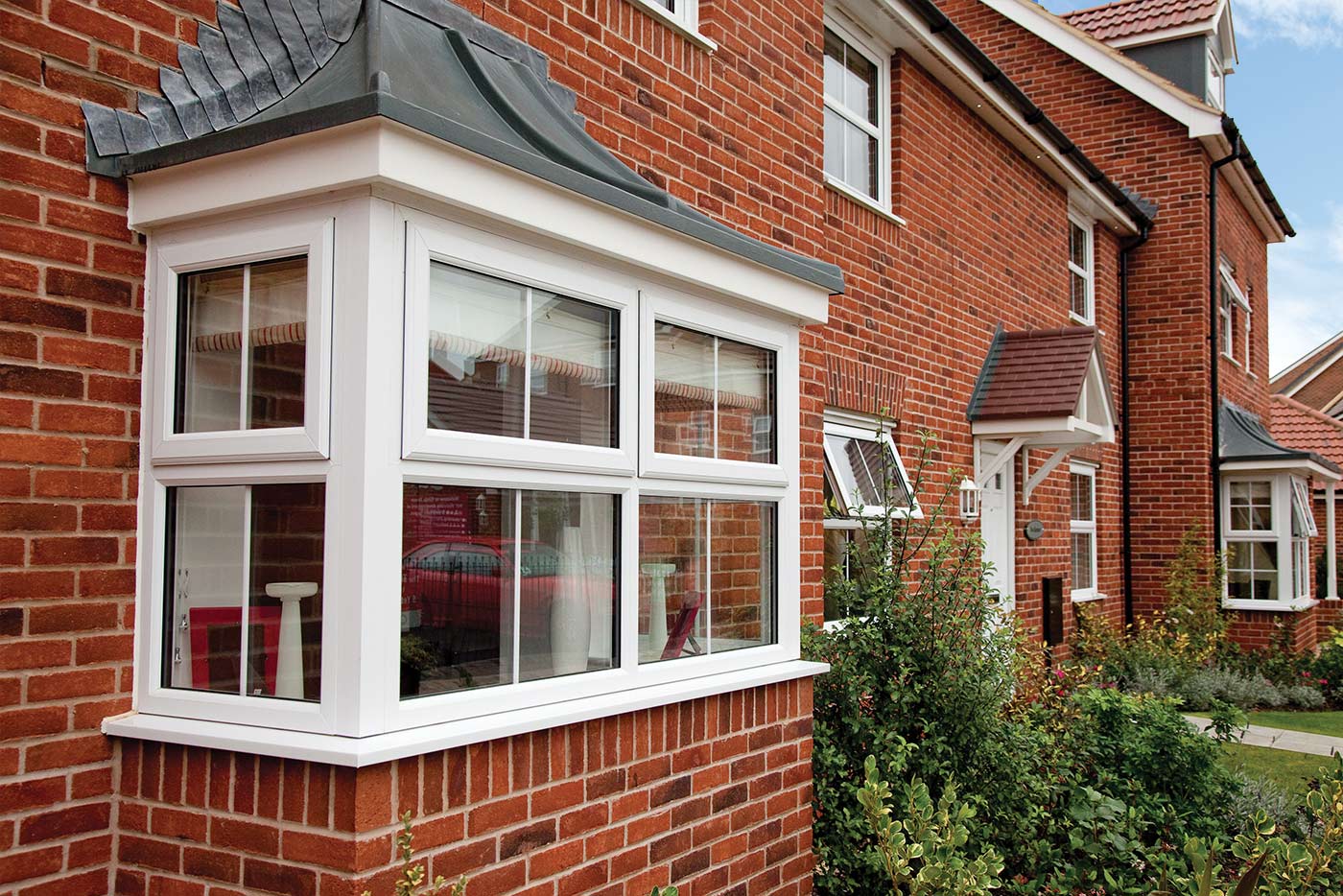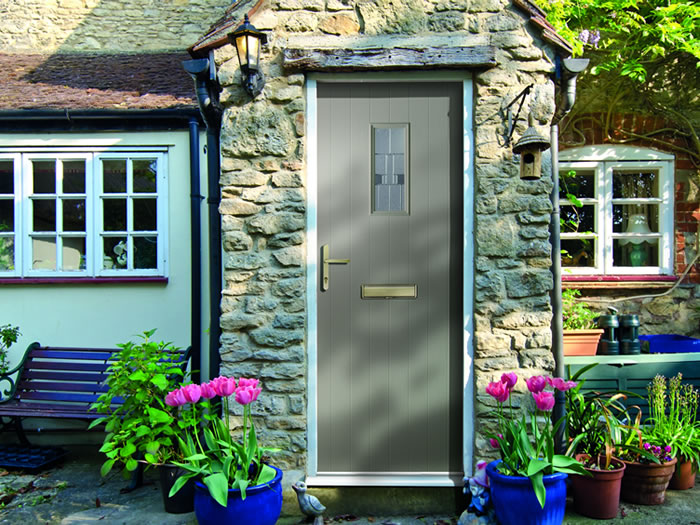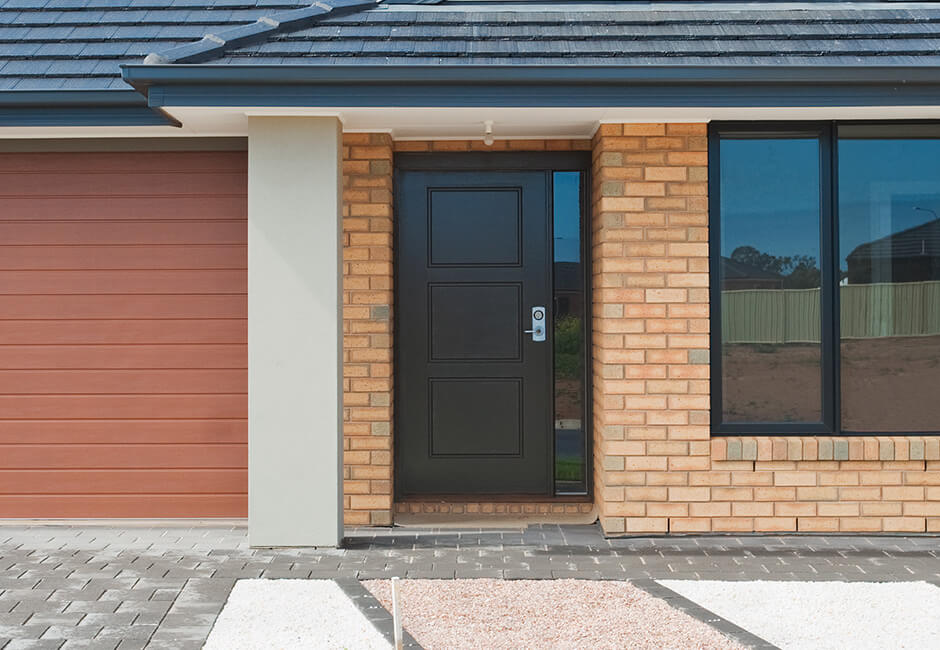If you have a uPVC window, you are likely to experience draughts, especially in winter when the weather is freezing outside. If you have had this problem before, you might be wondering how to rectify it. In this article, we will look at what is causing the draughts from your window and ways you can stop them.
Draught proofing your home has many benefits, for example, saving you plenty of money on your energy bills. This is because it reduces the risk of mould entering your home, causing health problems as a result. Draught proofing enables you to control ventilation easier, which saves you money on your central heating bills.
There are various issues that could be causing draughts in your windows. Draughts are created by gaps forming in your window, which is caused if the window gets damaged by violent winds, rain, or hail. They can even be caused by a crack in the glass, meaning you must get the windows replaced immediately.
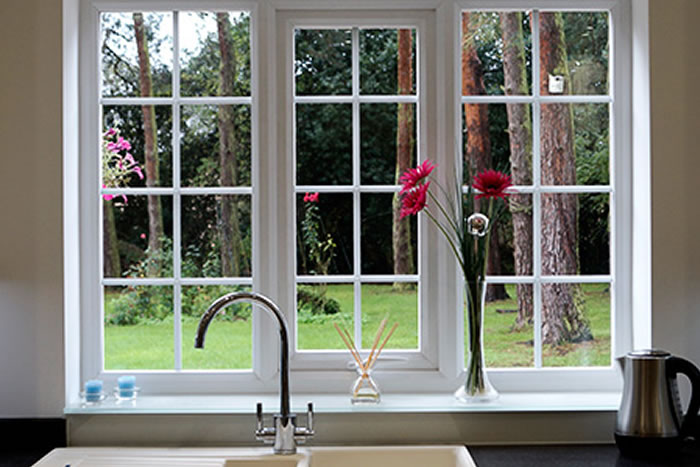
But there are ways which you can stop this. For example, a window can have draughts because it has got dirty and rusty over time. Give your window a thorough clean once a year, and the hinges will be aligned to the window. Windows seals get damaged over time, so if they are not airtight or watertight, you could be letting cold air easily into your home. If this happens, then the windows are damaged and will have to be replaced.
If you live in an older property, then there is an increased chance of a draught coming through your window. One of the ways to tell whether you have draughts is by running your hand through the gap so you can see if there is any gap in your window. This could be a result of a failed seal, which causes a build up in moisture and condensation, which is caused by changes in the weather or a poor quality installation. As the cold air enters, warm air escapes. To solve this, install double or triple glazing in your windows, creating a robust thermal barrier trapping natural heat in your home.
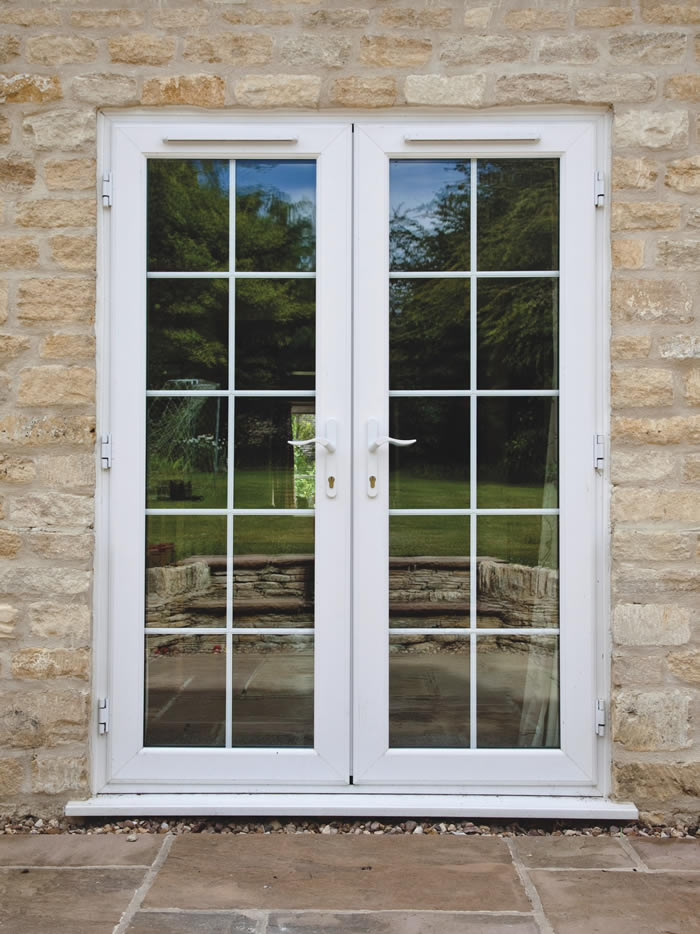
A temporary measure to stop draughts is by installing thick curtains in your windows. This will trap more heat and create a cosy, warm environment for you and your family. You can even use window insulation film as well because it will work effectively in the long run. Caulking the gaps between the windows will also help seal them very tightly. However, it is vital that you leave the windows shut because the seal could break easily when left open.
Another method that you can consider is bubble wrap. That way, it is very easy to attach it to the window and can help toughen up the insulation. It also leaves a cleaner finish because you don’t have to worry about any streaks or stains. It is simple to use because you must use some glass to spray on your window and attach the bubble wrap straight onto it.
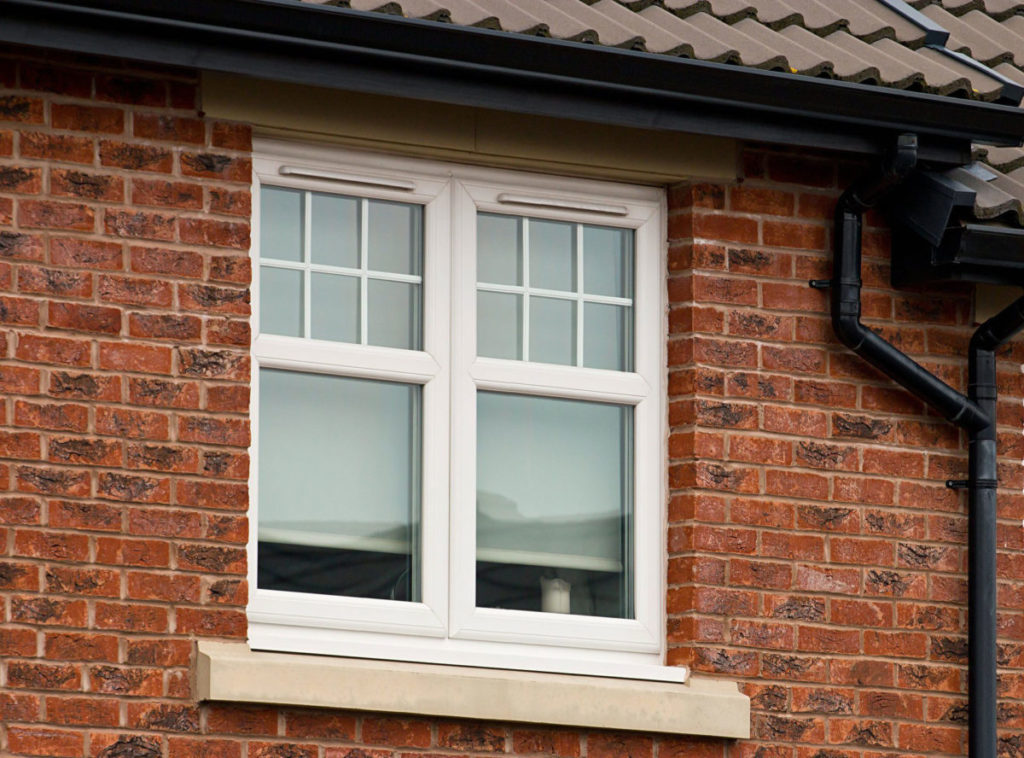
If you are on a tight budget, another way you can reduce draughts is to create a draught snake. It is easy because you can use an old towel and put it around your draughty windows. This is an affordable way to keep air inside, and they will block air from the bottom of your window.
Secondary glazing is a single panel that can be fitted on an existing panel. This has a similar effect to double glazing because it will save money on your energy and heating bills, giving you a permanent solution that looks fantastic in the long run. When you use secondary glazing in your home, you will benefit from a ventilation vent which doesn’t let moisture inside your home. This results in the perfect way to keep your windows covered, resulting in a warmer property all year round.
We hope this article has helped give you methods to reduce draughts in your home. If you want more information on how we can help you, call our friendly team on 01279 799818, and we will help answer any questions you might have. If you want to e-mail us, you can do so at hello@fitterwindows.co.uk, and we will respond as soon as we can.
Categories: Help & Advice
